 Gary Cohen interviews Scott Glatstein, founder and president of Imperatives, on the topic of Strategy Activation: how to move from strategy to execution!
Gary Cohen interviews Scott Glatstein, founder and president of Imperatives, on the topic of Strategy Activation: how to move from strategy to execution!
Scott, there are a great number of strategic planning books on the market. What was it that you felt was not being shared or shared in a way that inspired you to write your book Strategy Activation: How to Turn Your Vision into Marketplace Success?
As a business culture we are obsessed with developing the perfect strategy. We study it in business school, write detailed books on the subject and spend countless hours debating the subject in conference rooms across the country. Yet we know that 9 out of 10 market-facing strategies fail, not because they were bad strategies, but because they were poorly implemented. We spend all this time and energy searching for the right strategy but very little effort ensuring brilliant execution of the strategy in the marketplace.
A good strategy well executed always trumps a brilliant strategy poorly implemented. Strategy Activation® takes a different tact than most strategic planning books. It begins by urging the reader to eschew complex, esoteric strategies for simple, basic strategies that leverage the capabilities of the organization. But that’s just the first step. The vast majority of the book is a how-to guide that sensitizes the reader to the importance of aligning the three implementation drivers…people, processes and tools…to increase the strategy’s odds of success in the marketplace.
What is the gap between vision and action that is missed by both practitioners who help companies build strategic plans and business leaders who have a vision and can’t seem to move it out to the marketplace?
Work in the corporate world is often divided into two major buckets: strategy and execution. This division seems to create, in turn, two categories of employees; thinkers and doers. Strategy is developed by the thinkers, typically senior executives with lots of experience and impressive track records. Execution is driven by the doers, basically everyone else in the organization charged with making things actually happen in the marketplace.
Thinkers tend to talk about doing things. Doers are the ones who put the points on the board. While thinkers coach enthusiastically from the sidelines, doers are out on the court playing the game. Doers work directly with customers. Doers design, build, and deliver products and services. Doers resolve problems when things don’t go as planned. Ultimately, it’s the doers who drive the organization’s success in the marketplace.
Only 27% of thinkers broadly communicate their strategies to the doers. Even in companies where the strategy is communicated we often find that it outstrips the organization’s inherent capabilities or the company’s metrics and rewards systems conspire against its desired implementation.
With New Years coming up many companies reset their odometers and begin anew: new budgets, new or renewed strategies, goals and objectives. What 5 things could they do to improve their likelihood of being more successful?
1) Recognize that a market-facing strategy is a promise…a promise to deliver something to the customer. And promises are easier to make than they are to keep.
2) Choose a strategy that recognizes the limitations of the existing organization…under-promise, over-delver.
3) Communicate the strategy to the organization in such a way that every employee understands their individual role in making the strategy successful in the marketplace.
4) Ensure that the company’s businesses processes and systems enable employees to fulfill their roles.
5) Align the company’s metrics and rewards to the desire employee’s behaviors that deliver on strategy’s promise each and every day.
Everyone has different names it seems for strategic terms like values, vision, mission, strategy, objectives, and goals. Have you developed a preference and could you share how they relate to one another and how you define them?
While many academics and consultants like to argue the nuances of each of these terms we focus on their commonality – they all represent a promise. Your market-facing strategy is a promise to deliver something to your customer…top quality, safety, speed, service, low prices…and like any promise this creates an expectation that the promise will be kept. Marketplace implementation is the fulfillment of that promise. To the extent your implementation meets or exceeds the customer’s expectations the strategy will be successful.
Make your promise and keep it. Further debate around the relative differences between vision, mission, values, image, etc. will do little to enhance your business results.
You are around a lot of leaders in your work, I imagine. Do you have a perspective of why & how they ask questions that you would be willing to share with our readers?
Unfortunately I find that leaders don’t ask enough questions. They tend to be too far removed from the day-to-day realities of their markets and the strengths and weaknesses of their organization. They may not understand how customers have changed. They believe their infrastructure is capable of reacting to change quickly. They can’t see how their compensation plans reward behavior that is inconsistent with their marketplace promise.
In almost every project we find that the “solution” to the company’s problems resides somewhere within their organization. We just have to find it, nurture it and demonstrate its value to the management team. We do this by asking questions. I have to believe that if leaders had asked the same questions they would have uncovered these opportunities on their own. Of course, then I’d be out of a job.
Related Posts:
What Goes Into Your Strategic Plan


